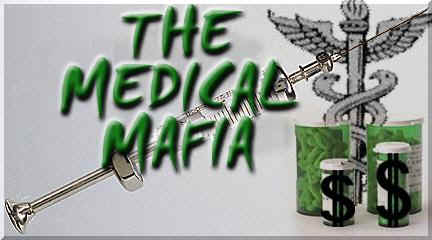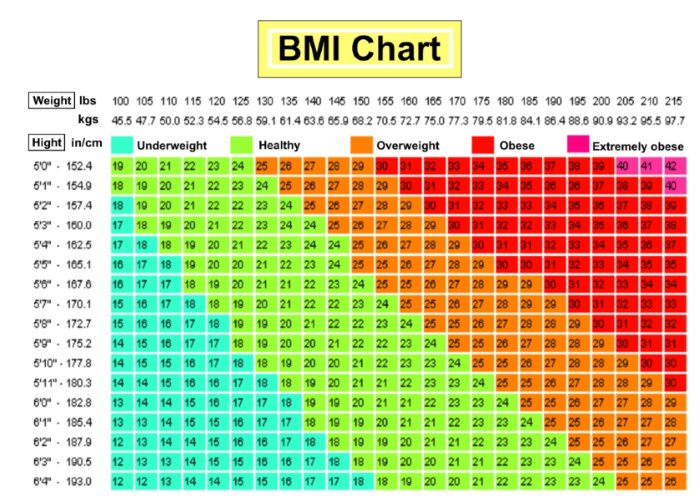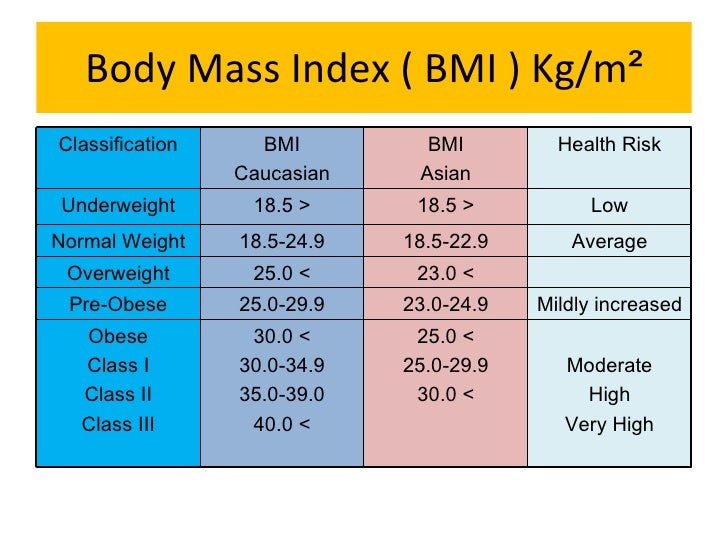A helpful blog reader send me the full PDF version of the study of the long term outcome of weight loss surgery in Pennsylvania which was cited in the previous blog post.
Death Rates and Causes of Death after Bariatric Surgery for Pennsylvania Residents 1994-2004. Bennet I. Omalu et. al. Arch Surg. 2007;142(10):923-928.
Typically when a surgeon tells you the mortality rate for a surgery, he tells you only the percentage of those who died within 30 days of the surgery. This study looked both at the actual deaths within 30 days after surgery and in the death rate in the years after the surgery.
As the study reports, in the 16,683 people who had weight loss surgery in Pennsylvania between 1994 and 2004, .9% died within 30 days of the surgery. That translated into 150 people.
But wait. That statistic was taken from the group as a whole. When the population is broken out by age, a much scarier statistic emerges: In the age group 55-64 1.53% were dead within 30 days, or 15 out of 1000 who had the surgery. And for the age group of those 65 and older, 3.1% died within 30 days, or 3 out of every hundred.
But that was just in the first 30 days after surgery. The study looked at time since surgery, and with each passing year the number of dead grew greater.
By one year after surgery, 2.1% of the group had died. (Twenty-one out of every thousand.) By two years, 2.9%. Then things got worse. Three years after they had had the surgery, 3.7% were dead. By four years, 4.8% and by five years, 6.4%.
The authors of this study remark that they did not follow up on the results of subsequent surgeries. But other studies have found that many people who have weight loss surgery require one or more follow up surgeries in the years that follow the initial surgery. It is likely that each subsequent surgery raises the risk of further complications and death.
Another chilling statistic emerged from the analysis of this data. In a population of the same size of the same demographic make up, the expected number of suicides would be 2. However, in this group, there were 16 suicides and an additional 14 drug overdose deaths. Most of these occurred at least one year after the surgery. The authors of the study speculate that many of the drug overdoses were probably suicides too, and flag this as a serious problem that requires more study.
What was missing in this study was one important piece of information: the weight loss achieved by the people who died. The authors assume that the high death rate is due to health conditions contracted while obese or due to weight regain. But this is only speculation. They did not review any statistics about the size of the people at death, which would have been difficult to do since only about 1/3 of these victims were autopsied.
But based on stories I have heard and cases like Mrs. Yamin's it may be premature to assume that the deaths were caused by obesity. Mrs. Yamin weighed 100 lbs at her death. Instead deaths may have been caused by long term malnutrition--i.e. starvation. Though the most common cause of death listed on death certificates after a year was cardiovascular (i.e. heart attacks) that is what kills a lot of people with anorexia and starvation. When the body is no longer absorbing nutrients the electrolytes can become dangerously unbalanced and that causes heart attack. Without independent autopsies, it is very hard to know what really happened.
Doctors don't like autopsies, because a patient who didn't have an autopsy is a patient whose family is going to have a much tougher time suing for malpractice. So if a heart stops beating, well, write it down as cardiovascular death, and since the person was once fat, who is going to challenge it?
But folks, please take these statistics seriously. And please note that the things that killed people within the first 30 days were NOT necessarily caused by obesity. Among the biggest killers were pulmonary embolism (20.7% of all early deaths)and sepsis (i.e. infection that spread through the body causing organ shut down). Sepsis killed 11.3% of those who died in the first 30 days. One out of four died of vaguely specified "therapeutic complications" which is a catchall term entered on the death certificate that included things like sepsis, bleeding, ruptured surgical wounds, etc.
One last word. Many people erroneously believe that before a doctor can perform a specific kind of surgery, that surgery must undergo the same kind of safety testing and approval process that drugs get. This is not true. Surgeons can perform any surgery they want, as long as they are licensed surgeons.
There is only one limitation on what kind of surgeries are performed: whether or not insurance companies will pay for them. Most insurers won't pay for operations that have a poor safety record--once they have enough data to know that the operation isn't safe.
But weight loss surgery is usually NOT paid for by insurers. Like plastic surgery, it is a surgery that patients pay for out of their own funds. This is one reason surgeons promote it so strongly. There are no forms for them to to fill out, no limit on what they can charge, and most importantly, no evaluating the patient's suitability for the surgery by pesky insurance review boards. All the doctor has to do is sell the patient on the operation, and the fun can begin.
So don't let yourself become a victim of a surgeon who has found a dandy way to make himself a multi-millionaire. And don't trust that the doctor who stands to make $25,000 for a few hours of work has your welfare in mind when he assures you that a surgery is no more dangerous than crossing the street. Remember, surgeons rarely track the outcome of their surgeries beyond six weeks. But as the Pennsylvania study suggests weight loss surgery keeps on killing for years after the initial surgery.
Don't let yourself become a victim.





